Introduction
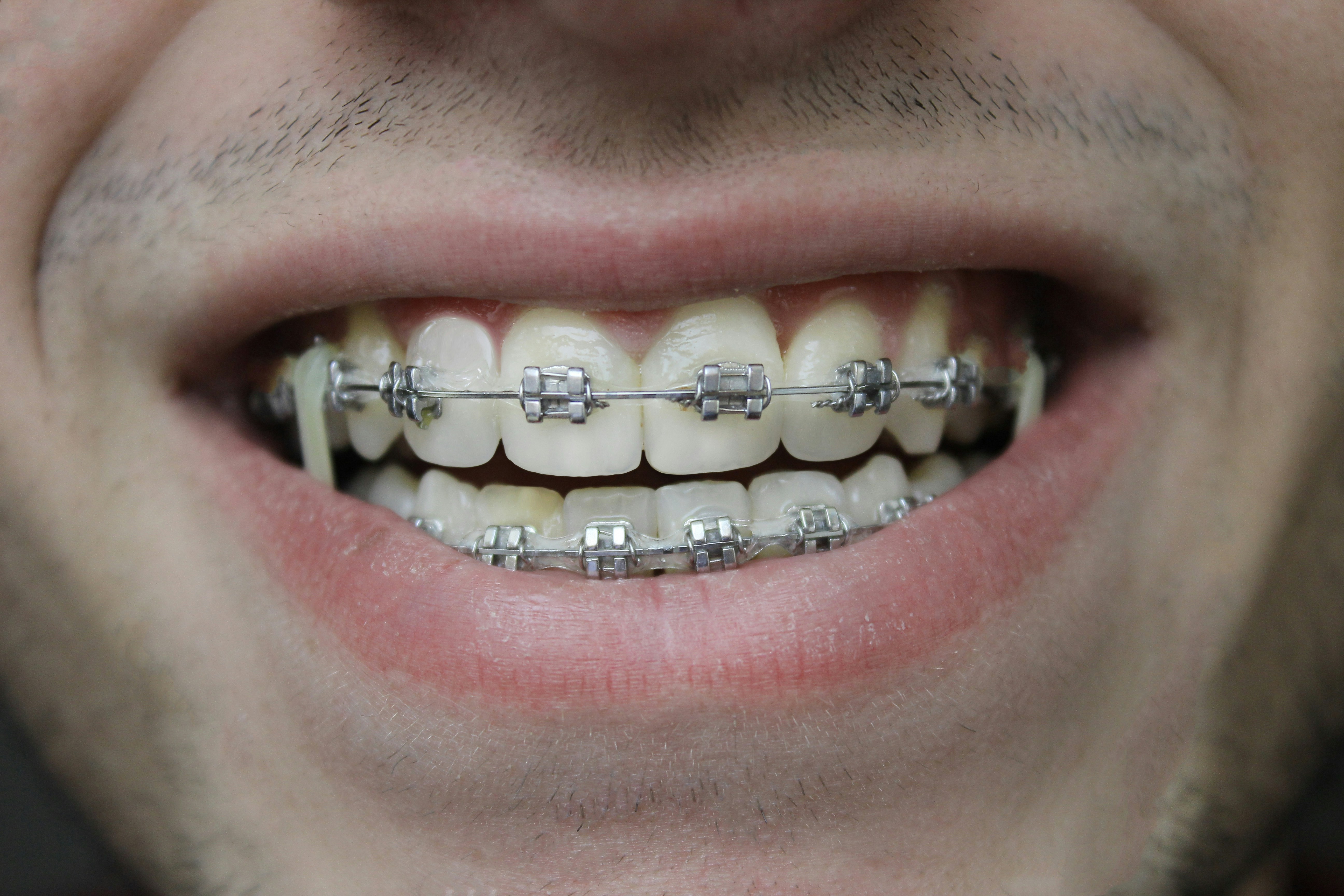
In the ever-evolving landscape of medicine, the Niti spring has emerged as a game changer, particularly in orthodontics. This innovative tool, made from Nitinol—a unique nickel-titanium alloy—offers remarkable flexibility and strength, making it an essential component in modern dental treatments. As we delve into the science behind Nitinol and its applications, we'll uncover why many practitioners are asking, Which is better: stainless steel or NiTi archwire?
The Role of Niti Spring in Medicine
The Niti spring plays a crucial role in various medical fields, but its impact on orthodontics is particularly noteworthy. By utilizing the unique properties of Nitinol springs, orthodontists can achieve more precise tooth movement with less discomfort for patients. This means that not only are treatments more effective, but they also enhance overall patient satisfaction—a win-win situation!
Exploring the Science Behind Nitinol
Nitinol springs are crafted from a nickel-titanium alloy that exhibits extraordinary characteristics such as shape memory and superelasticity. These properties allow for consistent force application during treatment while maintaining flexibility—key factors when considering what makes a great orthodontic tool. Whether you're pondering What does NiTi mean in orthodontics? or simply curious about how these springs work, understanding their scientific foundation is essential to appreciating their benefits.
Applications of Nitinol Springs in Orthodontics
In orthodontics, both open coil spring braces and closed coil springs leverage the distinctive qualities of Nitinol to facilitate effective tooth alignment. Open coil spring braces utilize these springs to create space between teeth efficiently—ideal for correcting crowding or preparing for further treatment steps. On the other hand, closed coil springs provide continuous force to move teeth into desired positions smoothly and comfortably; thus showcasing the versatility of nitrinol springs in various dental applications!
What is Niti Spring?
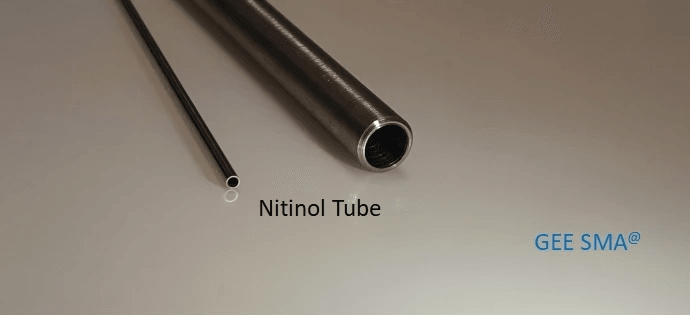
When you hear the term Niti Spring, you're diving into a fascinating world of orthodontic innovation. Niti springs, made from a unique alloy called nitinol, are revolutionizing the way dental professionals approach treatment. But what exactly is nitinol? Let’s break it down.
Definition and Composition of Nitinol
Nitinol is an alloy primarily composed of nickel and titanium, known for its remarkable shape memory and superelastic properties. This means that when a nitinol spring is deformed, it can return to its original shape upon heating or when a specific stress is applied. In orthodontics, this property allows for effective tooth movement with minimal discomfort to the patient, making it an ideal choice for various applications, including open coil spring braces and closed coil spring orthodontics.
Characteristics of Nitinol Springs
One of the standout characteristics of niti springs is their incredible flexibility combined with strength. This unique combination allows them to exert continuous light forces on teeth over extended periods without losing effectiveness or comfort. Additionally, niti springs maintain their performance under different conditions—whether in moist environments or varying temperatures—which makes them highly reliable in clinical settings.
Comparison with Other Materials
When comparing niti springs to traditional materials like stainless steel, several key differences emerge that highlight why many orthodontists prefer using nitinol in treatments. For instance, while stainless steel offers strength and durability, it lacks the same level of flexibility and memory properties found in niti springs. This leads us to ponder: which is better—stainless steel or NiTi archwire? The answer often leans toward nitinol due to its superior performance metrics and enhanced patient comfort during treatment.
Niti Spring in Orthodontics
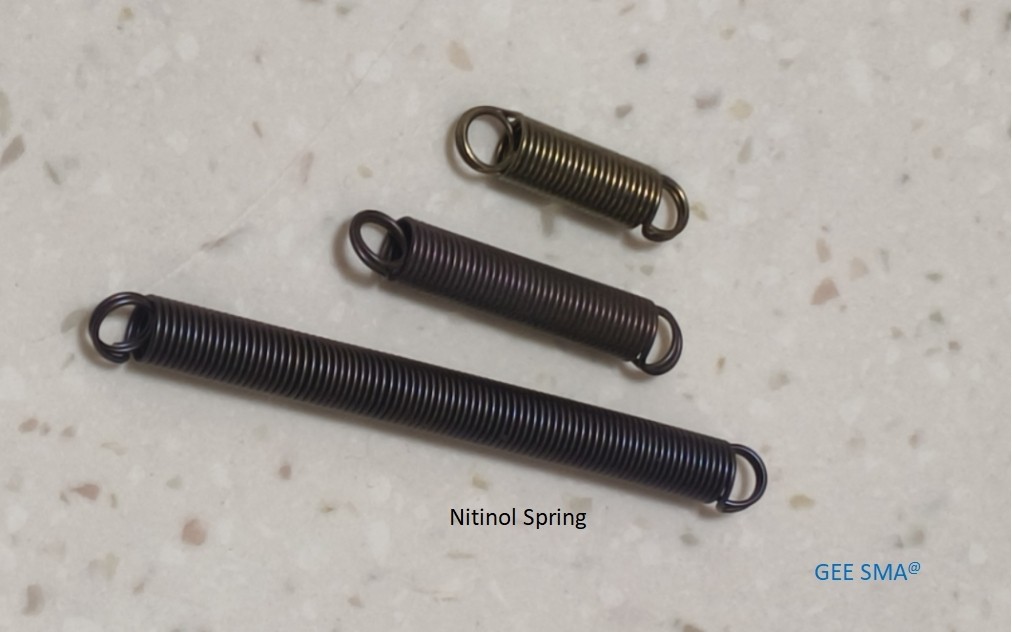
Niti springs have revolutionized the field of orthodontics, providing a versatile tool for dental professionals. Their unique properties allow for improved treatment outcomes, making them an essential component in modern orthodontic practices. Understanding how these springs work is crucial for both practitioners and patients alike.
Impact on Dental Treatments
The introduction of niti spring technology has significantly impacted dental treatments by enhancing precision and effectiveness. Nitinol's memory properties allow these springs to maintain their shape under stress, which translates into more consistent force application on teeth during alignment procedures. This results in shorter treatment times and improved patient comfort, addressing common concerns about traditional braces.
Moreover, the flexibility of niti springs enables orthodontists to customize treatments more effectively than ever before. By tailoring the force exerted by the springs, practitioners can achieve better tooth movement while minimizing discomfort. As a result, patients experience a smoother transition through their treatment journey.
Open Coil Spring Braces Explained
Open coil spring braces utilize niti spring technology to create space between teeth or maintain gaps during orthodontic treatment. These devices are particularly effective when preparing for additional procedures like implants or extractions. The open coil design allows for continuous light forces that can be adjusted as needed throughout the treatment process.
What does NiTi mean in orthodontics? It refers to nickel-titanium alloys that give these springs their remarkable properties—flexibility combined with strength and resilience. The open coil spring's ability to adapt makes it an invaluable tool in achieving precise tooth positioning without causing undue stress on surrounding tissues.
In practice, dentists often choose open coil spring braces due to their efficiency and effectiveness in managing complex cases. They provide a gentle yet constant pressure that encourages optimal alignment while reducing the need for frequent adjustments—a win-win situation for both patients and practitioners!
Closed Coil Spring in Orthodontics
Closed coil springs are another application of niti spring technology within orthodontics, designed specifically for different functional needs compared to their open counterparts. These closed coils apply continuous force over specific areas without creating gaps between teeth—ideal for closing spaces caused by extractions or misalignments efficiently.
So what is a NiTi closed coil spring used for? Primarily, it helps apply precise forces needed to move teeth into desired positions while maintaining stability throughout the process. The closed design ensures that there’s no loss of force over time, making it easier for orthodontists to manage complex cases effectively.
When considering which is better: stainless steel or NiTi archwire? The answer often leans towards NiTi due to its superior flexibility and memory characteristics—qualities that enhance patient comfort during treatment with closed coil applications as well as other types of appliances like brackets and aligners.
Advantages of Using Niti Spring

When it comes to orthodontics, the advantages of using Niti spring are hard to overlook. These springs, made from a unique alloy called nitinol, offer remarkable benefits that enhance treatment outcomes for both patients and orthodontists alike. Let's dive into the key advantages that make Niti springs a go-to choice in modern dental practices.
Enhanced Flexibility and Strength
One of the standout features of Niti springs is their enhanced flexibility and strength compared to traditional materials like stainless steel. This flexibility allows for easier adjustments during treatment, making it simpler for orthodontists to achieve precise tooth movements without applying excessive force. As a result, patients experience less discomfort while benefiting from effective treatments like open coil spring braces and closed coil spring applications.
Moreover, the strength of Nitinol enables these springs to withstand various forces applied during orthodontic procedures without losing their shape or performance over time. This durability ensures that treatments remain effective throughout their duration, ultimately leading to better patient satisfaction. When considering which is better: stainless steel or NiTi archwire? The answer often leans towards NiTi due to its superior properties.
Memory Properties of Nitinol
The memory properties of nitinol are what truly set it apart in the realm of orthodontics. Essentially, these springs have the ability to return to a predetermined shape when exposed to body temperature after being deformed—this is known as shape memory. For patients undergoing treatment, this means that once adjustments are made with tools like NiTi open coil springs, they can trust that the wire will naturally revert back to its intended form over time.
This unique characteristic not only enhances comfort but also contributes significantly to treatment effectiveness by ensuring consistent force delivery on teeth as they shift into place. The reliability provided by memory properties makes nitinol an ideal choice for various applications in closed coil spring orthodontics as well. In addition, understanding what does NiTi mean in orthodontics helps clarify why professionals favor this material so highly.
Cost-Effectiveness in Long-Term Treatments
Cost-effectiveness is another critical advantage when discussing Niti spring usage in orthodontics. Although initial costs may be comparable or slightly higher than other materials like stainless steel archwires, the long-term savings become apparent through reduced visits and shorter treatment times thanks to efficient tooth movement facilitated by these advanced springs. Patients benefit from fewer appointments while still achieving optimal results—a win-win situation!
Furthermore, because nitinol maintains its properties throughout treatment without significant wear or deformation, practitioners save money on replacements and adjustments over time as well. This financial efficiency underscores why many dental professionals prefer incorporating Niti springs into their practice strategies when evaluating various options available today—including deciding between stainless steel versus NiTi archwire alternatives.
Which is Better: Stainless Steel or NiTi Archwire?

When it comes to orthodontic treatments, the debate between stainless steel and NiTi archwires often arises. Both materials have their unique advantages, but choosing the right one can significantly impact treatment outcomes and patient comfort. Understanding the nuances of these materials—especially how they relate to the popular niti spring—can help practitioners make informed decisions.
Comparing Performance Metrics
Performance metrics are crucial when evaluating which material reigns supreme in orthodontics. Stainless steel is known for its strength and durability, making it an excellent choice for achieving precise tooth movements. In contrast, NiTi archwires, particularly those incorporating niti springs, exhibit superior flexibility and a unique memory property that allows them to return to their original shape after deformation, providing consistent forces throughout treatment.
Moreover, while stainless steel may excel in strength, it often lacks the gentle force application that NiTi offers. This characteristic is particularly beneficial for patients who require gradual adjustments; thus, many orthodontists lean toward using niti springs in conjunction with NiTi archwires for a more effective treatment plan. Overall, when comparing performance metrics between these two materials, each has its strengths depending on specific treatment goals.
Patient Comfort and Outcomes
Patient comfort is paramount in any orthodontic treatment plan; after all, no one wants to endure unnecessary discomfort during their journey to a perfect smile! Nitinol springs (niti springs) are designed with patient comfort in mind—they exert lighter forces compared to stainless steel wires which can lead to less pain during adjustments. Many patients report that treatments involving NiTi archwires feel smoother and more tolerable than those using traditional stainless steel options.
Furthermore, studies have shown that patients treated with niti springs experience fewer emergency visits due to wire breakage or discomfort from tight fittings. This level of comfort can enhance overall satisfaction with orthodontic care and encourage better compliance with wearing appliances like open coil spring braces or closed coil spring devices in Orthodontics. Ultimately, prioritizing patient comfort not only improves experiences but also contributes positively to treatment outcomes.
Industry Insights on Material Preferences
Industry insights reveal evolving preferences among orthodontists regarding material choices for archwires and springs used in treatments today. Many practitioners advocate for the use of NiTi archwires due to their ability to provide consistent force over extended periods—a critical factor when utilizing techniques involving open coil spring braces or closed coil spring systems in Orthodontics. As knowledge about the benefits of niti springs spreads through professional networks and conferences, more clinicians are likely adopting this innovative technology.
Moreover, as manufacturers continue refining nitinol's properties—such as improving its corrosion resistance—the appeal of using NiTi over stainless steel becomes even stronger within clinical practices worldwide. With continuous advancements in dental materials science paving the way for better patient experiences and outcomes through tools like niti springs, it's clear that this trend will only grow stronger moving forward.
Frequently Asked Questions about Niti Spring
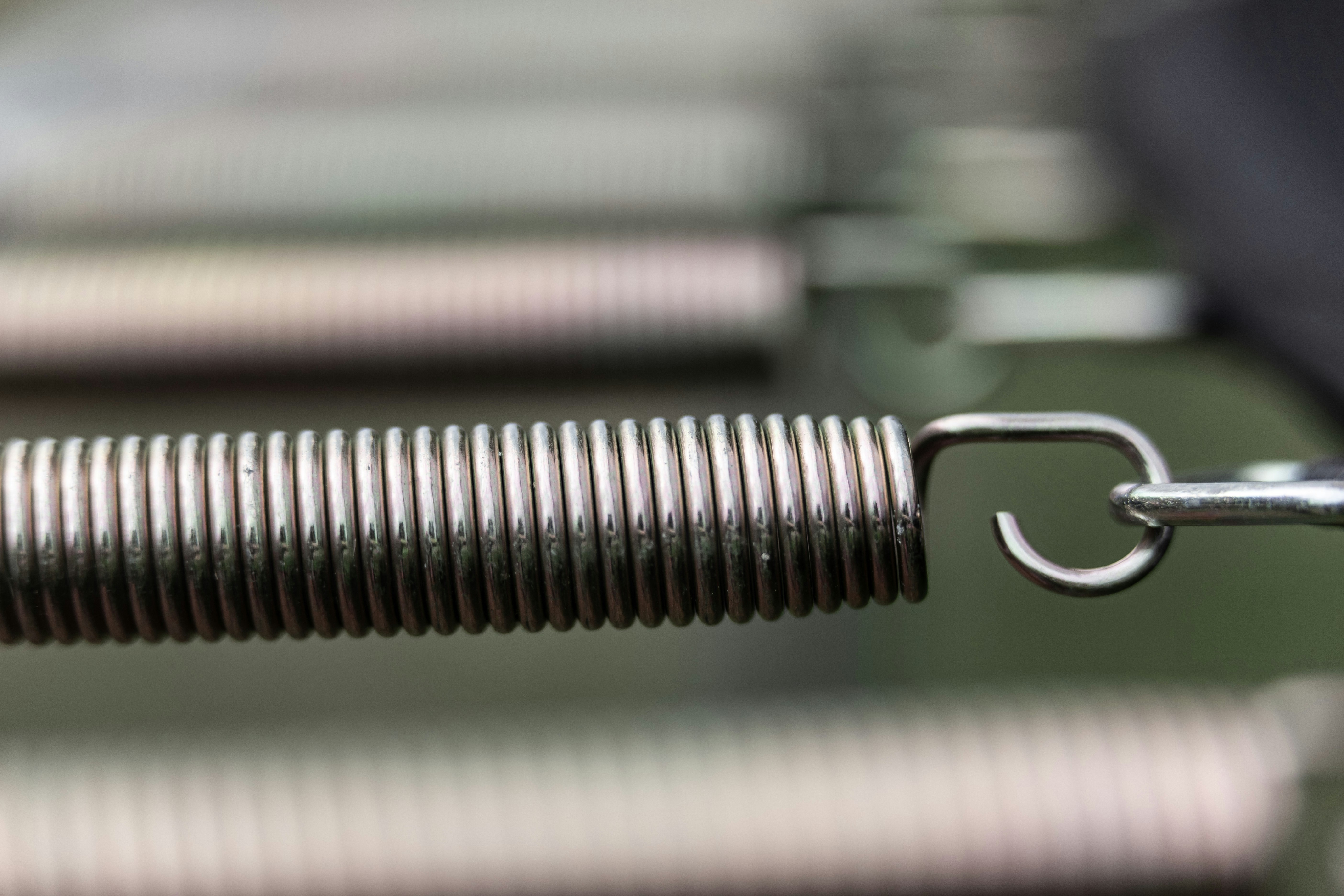
When it comes to orthodontics, Niti springs are often surrounded by questions and misconceptions. Let’s dive into some common queries to clear the air and shed light on the fascinating world of nitinol springs.
What Does NiTi Mean in Orthodontics?
NiTi stands for Nickel Titanium, a unique alloy that gives Niti spring its remarkable properties. This innovative material combines the strength of titanium with the flexibility of nickel, making it an ideal choice for orthodontic applications. When you hear NiTi in the context of orthodontics, think of enhanced performance in dental treatments thanks to its shape memory and superelasticity.
What is a NiTi Open Coil Spring Used For?
A NiTi open coil spring is primarily used to create space between teeth or maintain space during treatment. These springs exert a gentle, continuous force that helps in moving teeth into their desired positions effectively. In contrast to closed coil springs, which provide more localized pressure, open coil springs are perfect for broader adjustments in orthodontic care.
Common Misconceptions about Nitinol Springs
One common misconception about nitinol springs is that they are too weak compared to stainless steel options; however, this couldn't be further from the truth! While stainless steel may offer rigidity, Niti spring provides superior flexibility and memory properties that can lead to better patient outcomes over time. Another myth is that all orthodontic materials perform identically; in reality, choosing between options like stainless steel or NiTi archwire can significantly impact comfort and effectiveness during treatment.
Conclusion
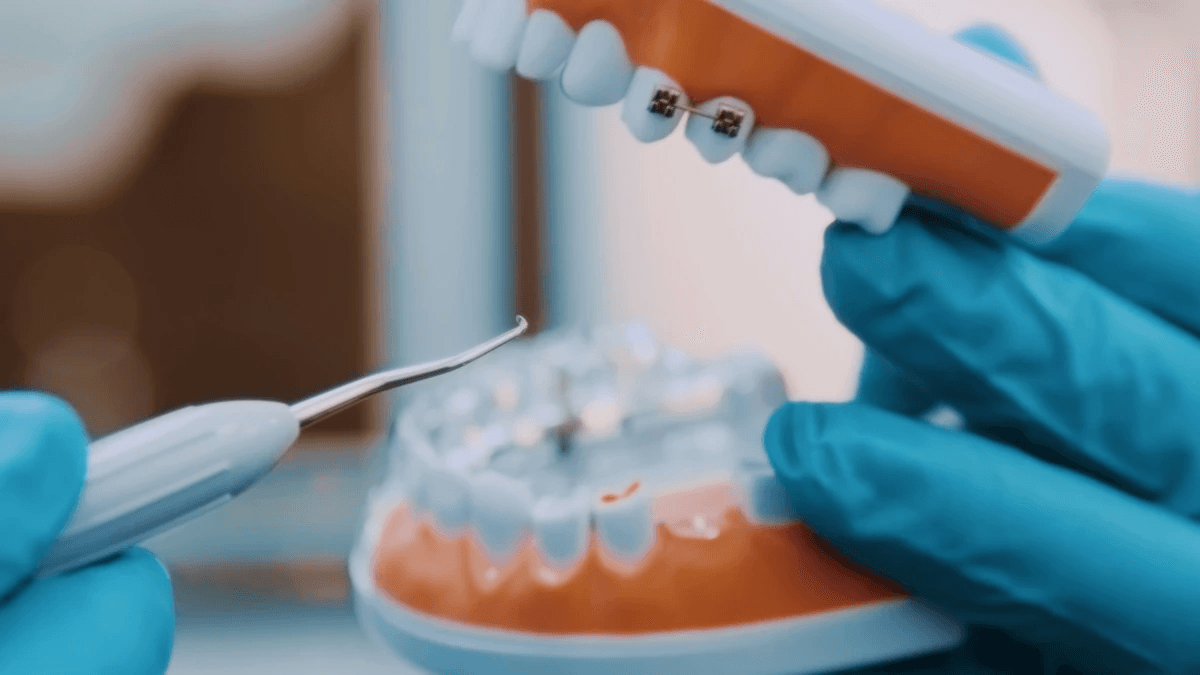
In wrapping up our exploration of Niti springs, it’s clear that their role in medicine, particularly in orthodontics, is both profound and promising. The unique properties of Nitinol, including its flexibility and memory capabilities, position it as a game-changer in dental treatments. As we look towards the future, innovations surrounding Niti springs will likely enhance patient care and treatment outcomes.
The Future of Niti Spring in Medicine
The future of Niti springs appears bright, with ongoing research and development poised to unlock even more applications beyond orthodontics. As the medical field continues to embrace advanced materials like Nitinol, we can anticipate innovations that improve not only the effectiveness of treatments but also patient comfort and recovery time. With questions like Which is better: stainless steel or NiTi archwire? being explored further, it’s evident that the evolution of these materials will shape the landscape of various medical disciplines.
Innovations from GEE SMA in Nitinol
GEE SMA has been at the forefront of innovating with Nitinol technology, pushing the boundaries of what is possible with this remarkable material. Their advancements include enhanced designs for open coil spring braces and closed coil spring orthodontics that optimize performance while maintaining patient safety and comfort. These innovations not only answer common queries such as What does NiTi mean in orthodontics? but also set new standards for quality in dental practices worldwide.
Final Thoughts on Nitinol’s Impact on Orthodontics
Nitinol springs have undeniably transformed orthodontic practices by providing superior solutions for complex dental issues. Whether through open coil spring braces or closed coil spring applications, these materials offer unparalleled flexibility and strength that traditional options simply cannot match. As we continue to ask questions like What is a NiTi open coil spring used for? it becomes increasingly clear that the future holds exciting possibilities for both practitioners and patients alike.

